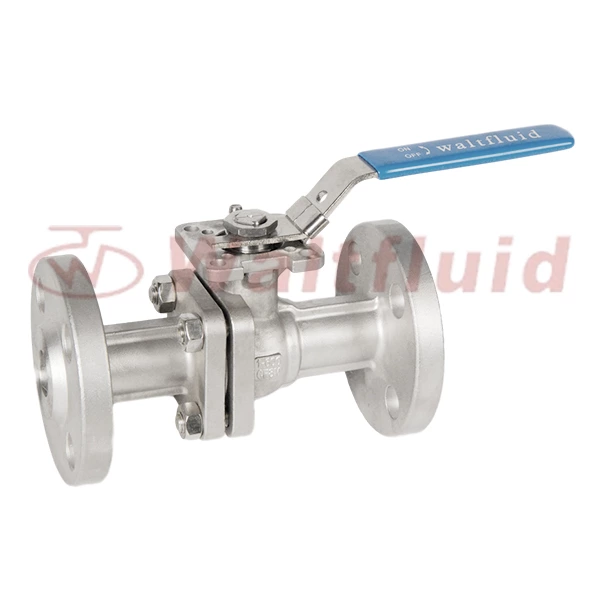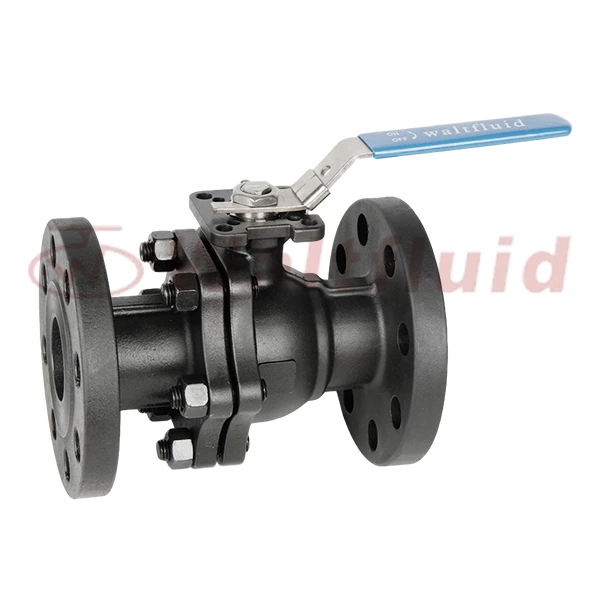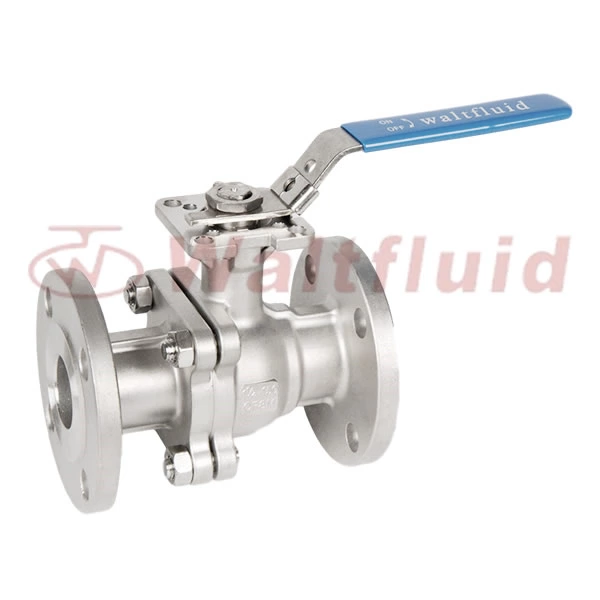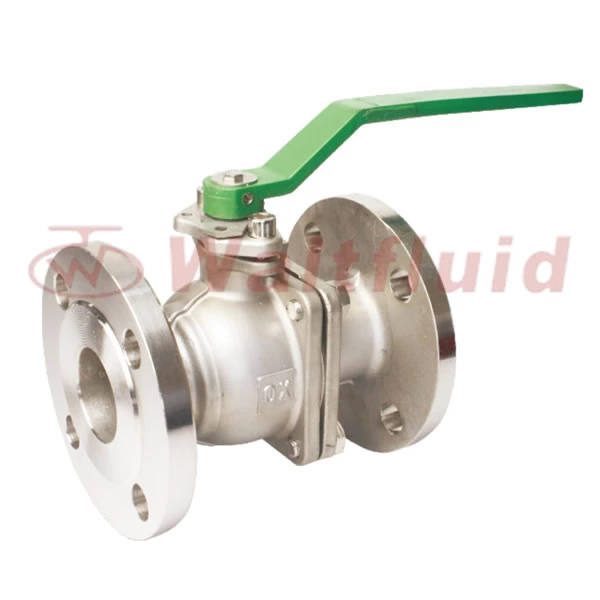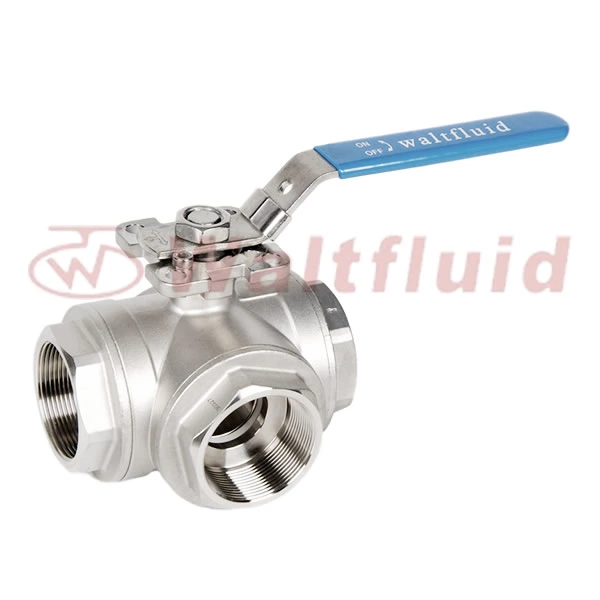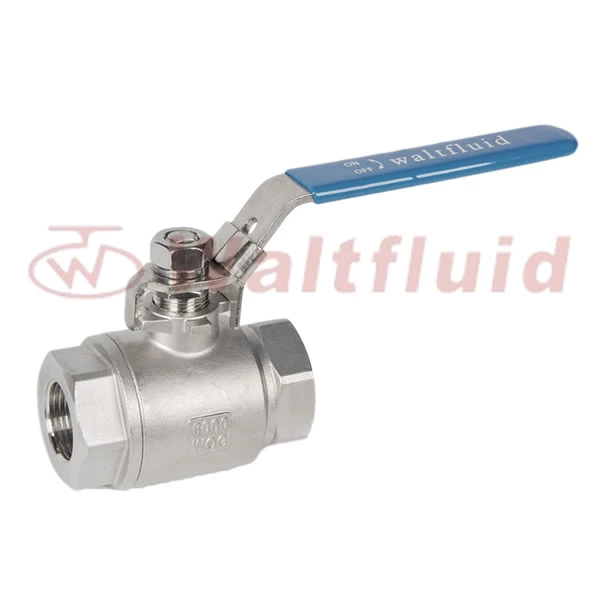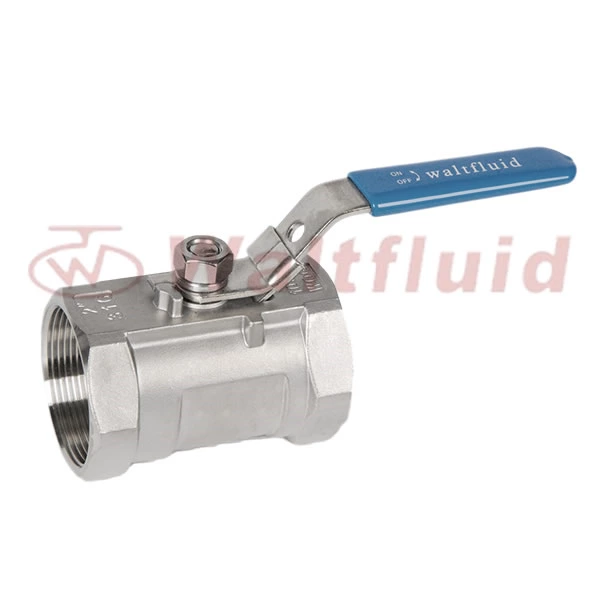Three-piece Ball Valve Troubleshooting Guide
You can troubleshoot a hydraulic reversing valve by first inspecting the piece ball valve for obvious problems, then testing for leaks, verifying pressure, and checking internal components for contamination or wear.
Five-Step Troubleshooting Process
Here's how to systematically diagnose 3 ball valve problems without wasting time on unnecessary repairs.
Step 1: Inspect and Look for Obvious Problems
The first step in troubleshooting is to inspect the exterior of the valve for obvious damage or leaks. Check for foreign matter or corrosion. Inspect the ball valve's operating handle, seals, and bolts for looseness. Especially after extended service, inspect the valve body for cracks or deformation. Also, check the connections between the valve and the piping to ensure they are not loose or improperly installed.
Step 2: Troubleshooting for Water/Leaks
Water leaks or leaks are common problems with 3 piece ball valve. Leaks can occur in the valve seat, seals, body, or connections. First, close the valve and release the pressure in the system. Use a paper towel or a special inspection tool to inspect all parts of the valve for water droplets or oil stains. If a leak is detected, check the seal for wear or deterioration. A loose seal is the primary cause of the leak. If the seal is intact, there may be a problem with the valve seat or valve body, which requires further disassembly and inspection. Some valves may leak at the connecting bolts. Check for loose bolts and retighten them if necessary.
Step 3: Troubleshooting Operational Problems
Operational problems with full port ball valve often manifest as a sticking handle or inflexible opening and closing. First, check the connection between the handle and the valve body to ensure it is secure and free of looseness or damage. Next, inspect the valve for accumulated water, dirt, or foreign matter, which could cause the valve to become stuck. Regularly cleaning impurities from the valve body is key to preventing this problem. Additionally, check the lubricant usage to ensure that the valve's rotating parts are adequately lubricated. If insufficient lubrication is detected, refilling or replacing the lubricant can resolve the issue. If these measures fail to resolve the problem, the valve may need to be disassembled to inspect the internal structure for damage.
Step 4: Internal Component Inspection
If the previous steps fail to resolve the issue, next inspect the valve's internal components. First, disassemble the valve body and inspect the ball, valve seat, and sealing ring for signs of wear, corrosion, or deformation. Scratches or dents on the ball, in particular, may affect sealing performance. Next, check the valve seat for flatness and the integrity of the sealing ring. If internal component damage is severe, consider replacing the damaged part. In addition to routine inspections, check the flatness of the joints between the valve body and the pipe to ensure there are no potential leaks.
Step 5: Functional Test
After troubleshooting, perform a functional test to ensure the 3 stainless steel ball valve operates and seals properly. First, reinstall all components and check that the connecting bolts are tight. Then, operate the ball valve manually or automatically to ensure it opens and closes smoothly and without any sticking. Finally, introduce system media and observe for leaks. Repeated operation and inspection of the valve will verify that the ball valve has returned to normal operation.
Advanced Diagnostics
Sometimes, basic troubleshooting is not enough. The following are additional tests for stubborn problems.
Seal Problem Analysis: Poor sealing is the most common cause of 3 stainless ball valve failure. Over long-term use, the seals may deteriorate due to temperature fluctuations, pressure fluctuations, or friction. In this case, replacing the seals is the most effective solution. At the same time, carefully inspect the sealing surfaces to ensure they are flat and intact.
Valve Body Corrosion Analysis: Valve body corrosion generally occurs in environments with strong chemical media, especially in acidic or alkaline environments, where corrosion is particularly severe. When inspecting the valve body, pay special attention to any signs of corrosion. If corrosion is found, it is recommended to replace the ball valve and strengthen anti-corrosion measures during subsequent use.
Operating Mechanism Problem Analysis: If a ball valve's operating mechanism malfunctions, it may be due to internal contamination, insufficient lubrication, or loose connections. Regular cleaning and lubrication of the operating mechanism can effectively extend the life of the 3 ss ball valve.
FAQ
What should I do if my three-piece ball valve is leaking?
Leaks are usually caused by aging or wear of the seals. The solution is to inspect the seals and replace them promptly. If the leak occurs elsewhere, you may need to check the valve body and connecting bolts for looseness.
What should I do if my three-piece ball valve is not opening and closing smoothly?
Inspect the valve body for accumulated water or dirt, clean any impurities inside the valve body, and add lubricant. Ensure that the operating parts are not damaged or stuck.
Why does a three-piece ball valve make unusual noises when operating?
Unusual noises are usually caused by damage to internal valve body components or insufficient lubrication. It is recommended to disassemble and inspect components such as the ball and valve seat for wear and foreign matter, and promptly repair or replace any damaged parts.
How can I extend the life of a three-piece ball valve?
Regularly check the seals, lubricant, and connecting bolts. Keep the valve clean to prevent excessive impurities from entering and reduce wear. Ensure that the valve is used in a suitable operating environment, avoiding exposure to high temperatures, high pressures, or corrosive media.
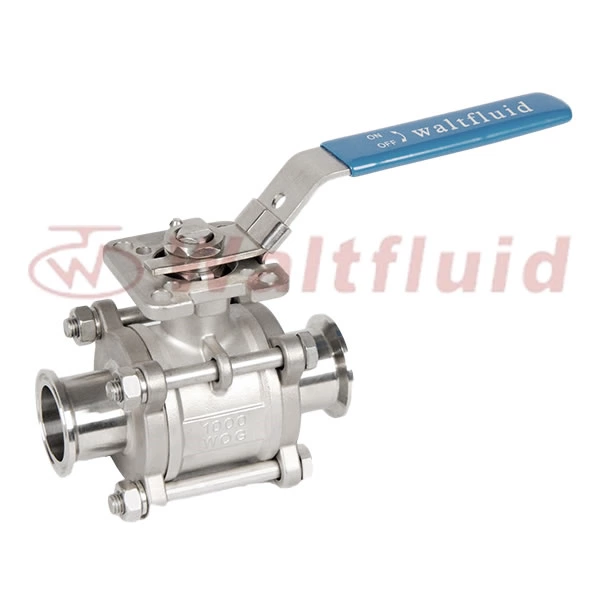
 English
English 中文
中文 Pусский
Pусский  Español
Español
